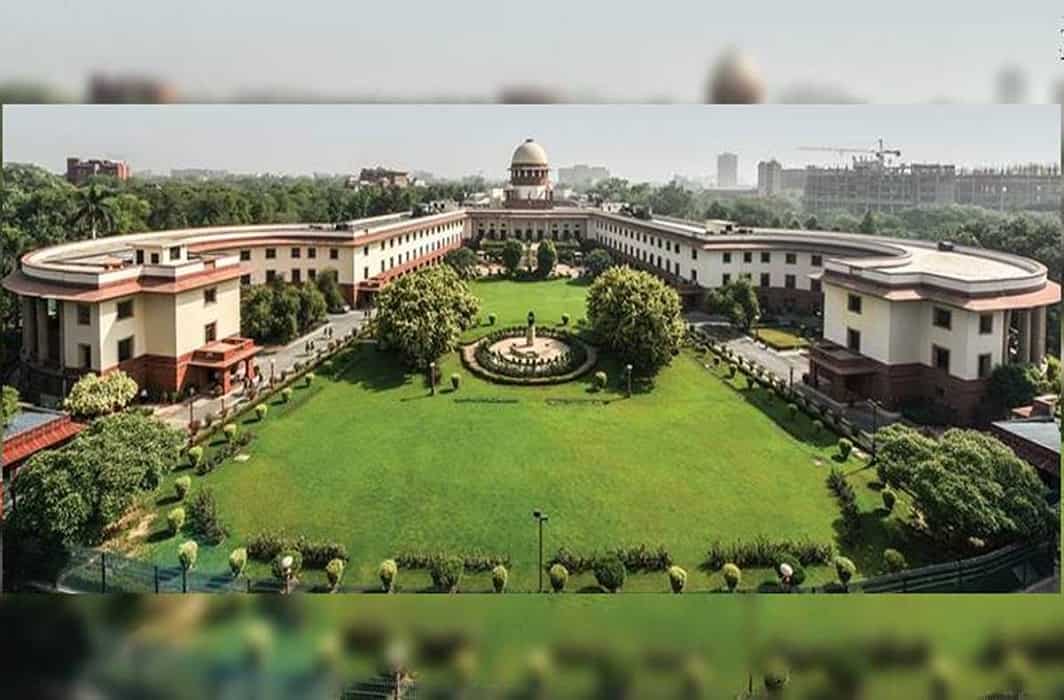By AOR Purnima Jauhari
After two days when India became a Sovereign Democratic Republic, The Supreme Court of India was established on 28th January 1950. The Supreme Court of India succeeded the Federal Court of India which was established by Government of India Act, 1935 and the Privy Council, which was the highest judicial body in the Country during British era. The opening ceremony of the Supreme Court of India was organised in the chamber of Princess in the Parliament premises.
The inaugural proceedings started on 28th January 1950 at 9.45 a.m. in the presence of the then Chief Justice of India Justice Harilal J. Kania and Justice Saiyid Fazl Ali, M. Patanjali Sastri, Mehr Chand Mahajan, Bijan Kumar Mukherjea and S.R. Das. In attendance were the Chief Justices of the High Courts of Allahabad, Bombay, Madras, Orissa, Assam, Nagpur, Punjab, Saurashtra, Patiala and the East Punjab States Union, Mysore, Hyderabad, Madhya Bharat were also Present. Prime Minister of India and other Ministers, Ambassadors and diplomatic Representatives of foreign States, a large number of Senior and other Advocates of the Court and other distinguished visitors were there to grace the occasion.
On 29 October, 1954 Dr. Rajendra Prasad the first President of India laid the foundation stone of the Present Supreme Court building which is built on 17 acres of triangular plot land and designed in an Indo-British style by the architect Ganesh Bhikaji Deolalikar, who was the first Indian to head CPWD. In 1958, the Supreme Court moved to its present premises. The building of the Supreme Court is designed and shaped in such a way that it represents the scales of the Justice. The Right and Left wings of the building represent two scales. The Right wing consists of the offices of the Attorney General of India and other law officers, Bar-room and the library whereas the Left wing consists of the offices of the Court.
The Supreme Court of India is the highest judicial court and the final court of appeal under the Constitution of India, with the power of judicial review. Articles 124 to 147 in Part V of the Constitution deal with the organisation, independence, jurisdiction, powers and procedures of the Supreme Court. The Constitution of India envisaged a Supreme Court with a Chief Justice and 7 puisne Judges – leaving it to parliament to increase this number. In the early years, all the Judges of the Supreme Court sat together to hear the cases presented before them. As the work of the Court increased and arrears of cases began to accumulate, Parliament increased the number of Judges from 8 in 1950 to 11 in 1956, 14 in 1960, 18 in 1978, 26 in 1986 and 31 in 2009. Currently, the strength of the Judges of the Supreme Court of India is 34 including Chief Justice of India. As the number of Judges has increased, they sit in smaller Benches of two or three – coming together in larger Benches of 5 and more only when required to do so settle a difference of opinion or controversy.
The proceedings of the Supreme Court are conducted in English only according to Supreme Court Rules, 2013 which are framed under Article 145 of the Constitution to regulate the practice and procedure of the Supreme Court.
The design of the Court’s seal is reproduced from the wheel that appears on the abacus of the Sarnath Lion capital of Ashoka with 24 spokes. The inscription in Sanskrit, यतो धर्मस्ततो जयः Yato Dharmastato Jaya which means “Where there is the Dharma (Justice), there will be Victory.”
In the lawn premises of the Supreme Court a black bronze sculpture was sculpted on 20 Feb 1980 which was designed by the artist Chintamoni Kar having a height of 210 cm. This statue consists of a lady giving shelter to her child, who is holding an open book in his hands. It portrays Mother India as the lady and the child shown like this symbolises that she is protecting the young republic of India and the book represents equal justice is given to all.
On 17 July 2019 an additional Building Complex of the Supreme Court of India was inaugurated by the President of India Sh. Ram Nath Kovind which is spread on 12.19 acres area. The new complex consisting six blocks is located opposite the present Supreme Court Complex.
On 1.1.2021 the Supreme Court had 65,086 Pending matters. Due to CoronaVirus the speed of disposal of cases is affected. To be sure, after resumption of physical hearing data of disposal of cases must be fast.
The Author is an Advocate-On-Record Supreme Court of India


